House Design Pakistan: Crafting Your Dream Home with Elegance
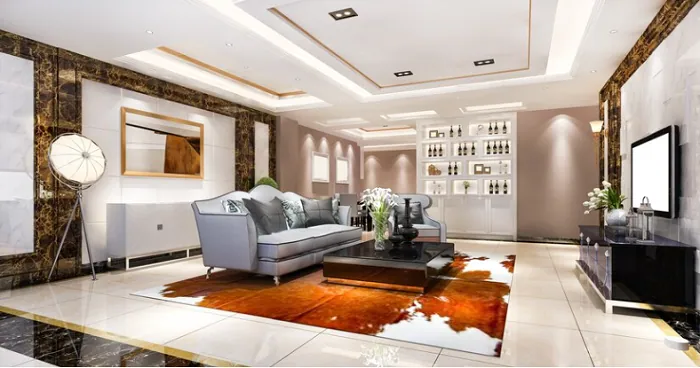
Introduction
In Pakistan, house design holds immense significance, reflecting a blend of cultural heritage, personal taste, and contemporary trends. From sprawling estates to compact urban dwellings, each home is crafted with meticulous attention to detail, making house design an integral part of Pakistani lifestyle and identity.
Significance of House Design in Pakistan
House design in Pakistan is more than just creating a shelter; it is an expression of one's status, taste, and aspirations. Homes serve as sanctuaries where families gather, traditions are upheld, and memories are made. The design of a house reflects not only the aesthetic preferences of its occupants but also their values and social standing. In a country where hospitality holds great importance, the design of a home plays a crucial role in welcoming guests and creating a warm, inviting atmosphere.
Cultural Context and Importance of Elegance
Embedded within the fabric of Pakistani society is a deep appreciation for elegance and refinement in house design. Influenced by centuries of rich cultural heritage, Pakistani homes often feature intricate woodwork, luxurious fabrics, and ornate detailing. Elegance is not merely a matter of aesthetics; it is a reflection of cultural pride and a symbol of sophistication. In Pakistani homes, elegance is woven into every aspect of design, from the architecture to the interior décor, creating spaces that exude charm, grace, and timeless beauty.
In summary, house design in Pakistan goes beyond mere functionality; it is a celebration of culture, tradition, and elegance. By understanding the significance of house design within the cultural context of Pakistan, homeowners can create spaces that not only reflect their personal style but also honour their heritage and values.
Understanding Pakistani Architectural Styles
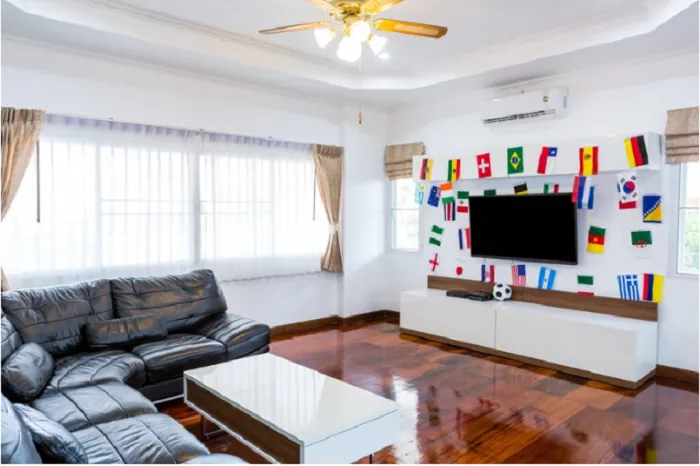
Overview of Traditional Architectural Styles in Pakistan
Pakistan boasts a rich tapestry of architectural styles that reflect its diverse history and cultural influences. Three prominent styles that have shaped the architectural landscape of the country are Mughal, Colonial, and Contemporary.
Mughal Architecture: Mughal architecture, characterized by its grandeur, symmetry, and intricate ornamentation, flourished during the Mughal Empire in the 16th and 17th centuries. Key features include bulbous domes, arches, minarets, and delicate floral motifs. Iconic examples of Mughal architecture in Pakistan include the Badshahi Mosque in Lahore and the Shah Jahan Mosque in Thatta.
Colonial Architecture: The colonial period in Pakistan, marked by British rule in the 19th and 20th centuries, left a lasting impact on its architectural heritage. Colonial architecture is characterized by its symmetry, proportion, and use of materials such as brick, stone, and timber. Examples of colonial architecture can be found in cities like Karachi, Lahore, and Rawalpindi, with buildings like the Frere Hall and Lahore High Court showcasing the style's elegance and grandeur.
Contemporary Architecture: In recent decades, contemporary architecture has emerged as a dominant style in Pakistan, reflecting the country's modern aspirations and global influences. Contemporary Pakistani architecture emphasizes clean lines, minimalist design, and integration with the natural environment. Architects like Yasmeen Lari and Habib Fida Ali have gained international acclaim for their innovative approach to contemporary design, incorporating sustainable practices and local materials into their projects.
Explanation of How These Styles Influence Modern House Design in Pakistan
Modern house design in Pakistan is deeply influenced by traditional architectural styles, blending elements of the past with contemporary sensibilities. Many homes in Pakistan feature architectural elements inspired by Mughal and Colonial styles, such as arched doorways, intricate carvings, and spacious courtyards. These elements lend a sense of heritage and elegance to modern residences, connecting them to the country's rich architectural legacy.
Contemporary Pakistani architecture, while rooted in tradition, also embraces innovative design concepts and technologies. Modern houses often feature open floor plans, large windows, and sustainable materials, reflecting a desire for comfort, functionality, and environmental responsibility. By integrating elements from traditional styles with modern design principles, architects and homeowners in Pakistan create houses that are not only aesthetically pleasing but also culturally meaningful and environmentally conscious.
Key Elements of Elegance in Pakistani Homes
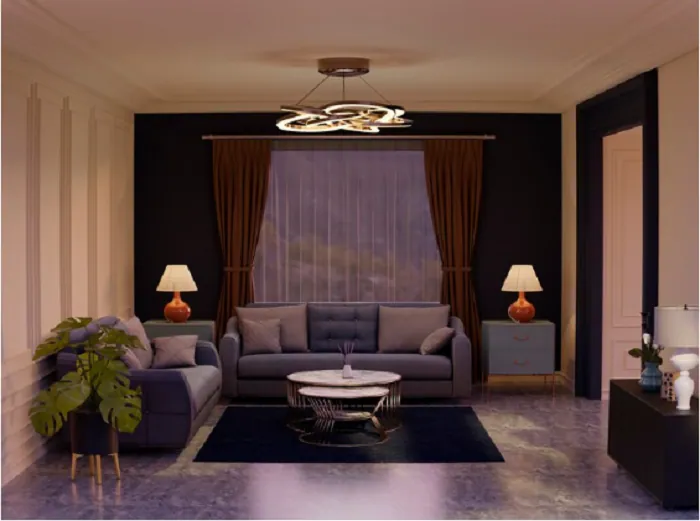
Intricate Woodwork and Carving
One of the defining features of elegance in Pakistani homes is the presence of intricate woodwork and carving. Skilled artisans meticulously craft wooden doors, windows, and furniture, adding ornate details and delicate patterns. Intricately carved wooden screens, known as jalis, are commonly used to partition spaces while allowing airflow and natural light to filter through. From traditional motifs like floral patterns to geometric designs inspired by Islamic art, wood carving adds a touch of craftsmanship and sophistication to Pakistani homes.
Luxurious Fabrics and Textiles
Luxurious fabrics and textiles play a crucial role in enhancing the elegance of Pakistani homes. Soft, rich fabrics like silk, velvet, and brocade are often used for upholstery, curtains, and cushions, adding texture and opulence to living spaces. Intricate embroidery, whether it's traditional techniques like kantha or contemporary designs, adds a layer of detail and sophistication to fabrics. From intricately woven carpets to intricately embroidered bedspreads, textiles in Pakistani homes are a testament to the country's rich textile heritage and appreciation for fine craftsmanship.
Ornate Lighting Fixtures and Chandeliers
Another key element of elegance in Pakistani homes is the use of ornate lighting fixtures and chandeliers. Elaborate chandeliers adorned with crystals, beads, and intricate metalwork are often the focal point of living rooms and dining areas, casting a warm, inviting glow. Traditional lanterns, known as samovars or jhoomar, are also popular, adding a touch of old-world charm to interiors. Whether it's a grand chandelier hanging in a formal drawing room or a cluster of pendant lights illuminating a cosy corner, lighting fixtures in Pakistani homes are designed to create a sense of elegance and ambiance.
Courtyards and Gardens
Courtyards and gardens are integral to the elegance of Pakistani homes, offering a tranquil retreat from the hustle and bustle of city life. Enclosed by high walls or surrounded by lush greenery, courtyards provide a private outdoor space for relaxation and entertainment. Water features like fountains and ponds add a sense of serenity, while lush vegetation and flowering plants enhance the beauty of the surroundings. Whether it's a traditional Mughal-style charbagh or a modern minimalist garden, outdoor spaces in Pakistani homes are designed to evoke a sense of peace and tranquillity, contributing to the overall elegance of the residence.
In summary, the key elements of elegance in Pakistani homes include intricate woodwork, luxurious fabrics, ornate lighting fixtures, and serene courtyards. By incorporating these elements into their homes, homeowners in Pakistan create spaces that are not only visually stunning but also reflective of the country's rich cultural heritage and appreciation for craftsmanship.
Balancing Tradition and Modernity
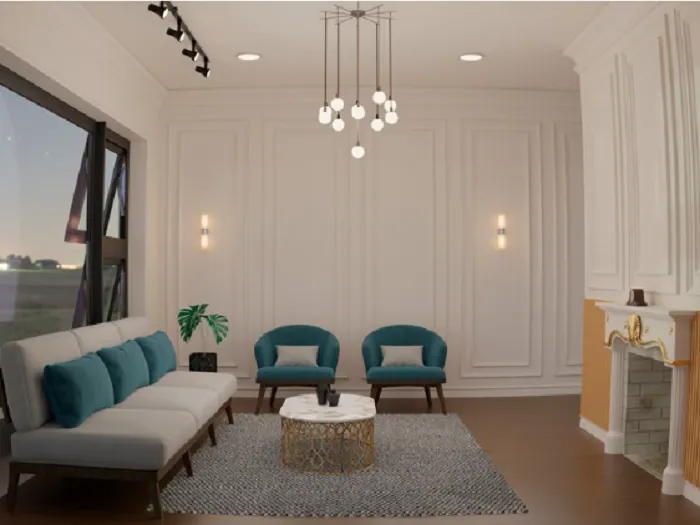
Exploration of Blending Traditional and Contemporary Features
Modern house designs in Pakistan often seek to strike a delicate balance between preserving traditional elements and integrating contemporary features. Architects and homeowners alike recognize the importance of honouring cultural heritage while accommodating the demands of modern living. This approach results in homes that blend the charm of the past with the comforts and conveniences of the present.
In modern house designs, traditional architectural elements are often reinterpreted in a contemporary context. For example, while traditional courtyard homes, known as havelis, remain popular, they are adapted to suit modern lifestyles by incorporating open-plan layouts, minimalist interiors, and energy-efficient technologies. Similarly, the use of traditional materials like brick, stone, and wood is combined with modern construction techniques and materials to create durable and sustainable homes.
Examples of Adaptation in Traditional Architectural Styles
Traditional architectural styles in Pakistan, such as Mughal and Colonial, are frequently adapted to meet the needs of modern living. One example is the incorporation of Mughal-inspired elements like arches, domes, and intricate carvings into contemporary home designs. These elements add a sense of grandeur and elegance to modern residences while paying homage to Pakistan's rich architectural heritage.
Colonial-style homes, with their symmetrical facades and spacious verandas, are also popular in modern house designs. However, they are often updated with modern amenities such as open-plan layouts, energy-efficient windows, and smart home technology. This blending of old and new ensures that traditional architectural styles remain relevant and functional in today's fast-paced world.
In summary, modern house designs in Pakistan successfully blend traditional elements with contemporary features to create homes that are both timeless and functional. By preserving cultural heritage while embracing innovation, architects and homeowners are able to create spaces that honour the past while accommodating the needs of the present and future.
Practical Tips for Crafting an Elegant Home
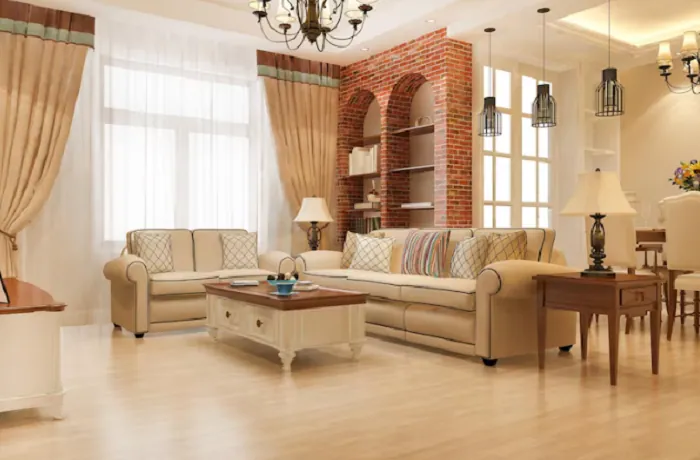
Choosing Timeless Colour Palettes
When crafting an elegant home, selecting timeless colour palettes is essential. Opt for neutral shades such as whites, creams, beiges, and soft greys as the primary colours for walls and large furniture pieces. These hues provide a timeless backdrop that allows other elements in the room to stand out. Additionally, incorporating subtle pops of colour through accent pieces like pillows, rugs, and artwork can add depth and visual interest to the space without overwhelming the overall aesthetic.
Investing in Quality Furniture and Accessories
Investing in quality furniture and accessories is key to creating an elegant home. Choose pieces that are well-crafted from durable materials like solid wood, leather, or metal. Look for furniture with classic designs and clean lines that will stand the test of time. Additionally, opt for accessories that are both functional and stylish, such as statement lighting fixtures, decorative mirrors, and sculptural vases. By investing in quality pieces, you can elevate the look and feel of your home while ensuring longevity and durability.
Paying Attention to Details
Attention to detail is crucial when crafting an elegant home. Pay close attention to small details like door handles, trimmings, and hardware. Choose hardware finishes like brushed nickel, polished chrome, or brass to complement the overall aesthetic of the space. Additionally, consider adding architectural elements like crown moulding, wainscoting, or ceiling medallions to enhance the elegance of the room. These subtle touches can make a big difference in the overall look and feel of your home.
Incorporating Natural Elements
Incorporating natural elements like plants and water features is another way to add elegance to your home. Indoor plants not only add a touch of greenery and freshness to the space but also improve air quality and create a sense of tranquillity. Consider incorporating a variety of plants in different sizes and shapes to create visual interest. Similarly, water features like fountains, ponds, or indoor waterfalls can add a sense of luxury and sophistication to your home, creating a serene ambiance that enhances the overall elegance of the space.
In conclusion, crafting an elegant home involves thoughtful consideration of colour palettes, investment in quality furniture and accessories, attention to detail, and incorporation of natural elements. By following these practical tips, homeowners can create a space that exudes sophistication, style, and timeless beauty.
Case Studies and Inspirational Examples
Classic Elegance in Lahore
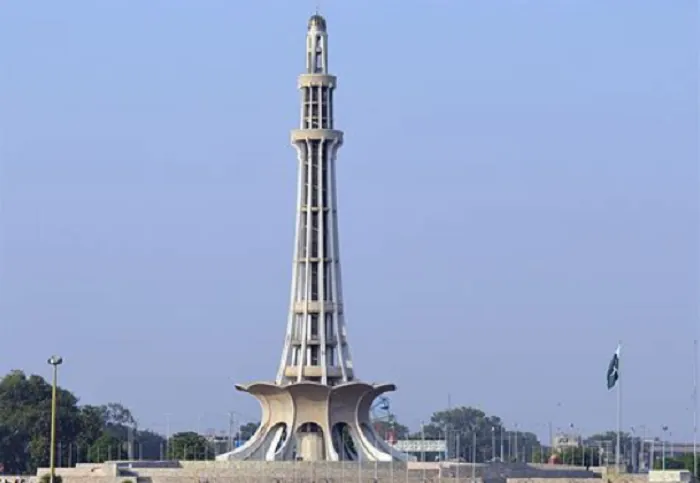
This elegant home in Lahore showcases timeless sophistication with its classic design elements. The exterior features a grand entrance with ornate detailing and a symmetrical facade. Inside, high ceilings, marble flooring, and intricate woodwork create a sense of luxury and refinement. The living room boasts plush sofas, elegant chandeliers, and a marble fireplace, while the dining room features a stunning crystal chandelier and a mahogany dining table. Luxurious fabrics and textiles, such as silk curtains and embroidered cushions, add warmth and texture to the space. The backyard garden offers a serene retreat with manicured lawns, lush greenery, and a decorative fountain, perfect for outdoor entertaining.
Modern Chic in Islamabad
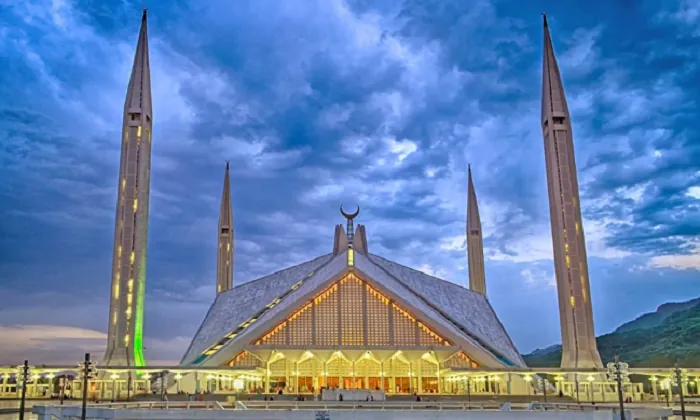
This modern home in Islamabad combines sleek design with luxurious finishes to create a chic and sophisticated living space. The open-plan layout features clean lines, minimalist furnishings, and floor-to-ceiling windows that flood the interiors with natural light. The kitchen boasts high-end appliances, sleek cabinetry, and a marble waterfall island, while the living area features a contemporary fireplace and designer furniture pieces. Upstairs, the master bedroom offers a serene escape with a neutral colour palette, plush bedding, and a private balcony overlooking the landscaped gardens. The outdoor terrace features a stylish seating area, a built-in barbecue, and a swimming pool, making it the perfect spot for al fresco dining and entertaining.
Traditional Charm in Karachi
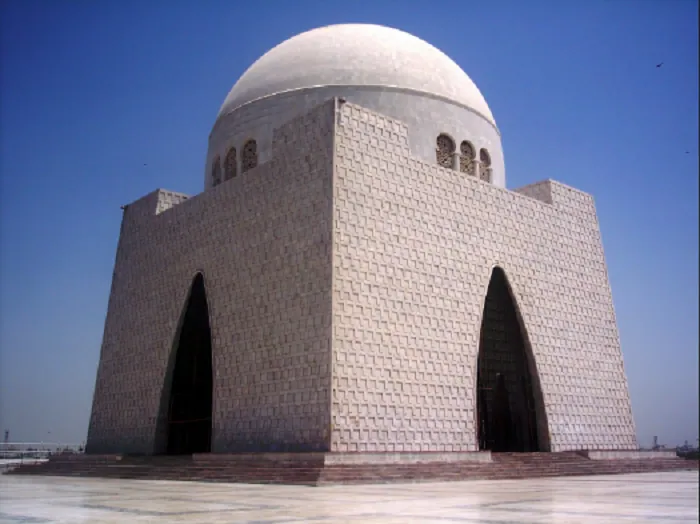
This charming home in Karachi combines traditional architectural elements with modern amenities to create an elegant and inviting living space. The exterior features a classic red-brick facade with arched windows and a covered porch, while the interiors boast high ceilings, hardwood floors, and ornate mouldings. The living room features a cosy fireplace, comfortable seating, and vintage-inspired accessories, while the dining area offers a formal setting with a mahogany table and upholstered chairs. The kitchen features custom cabinetry, granite countertops, and state-of-the-art appliances, while the bedrooms offer luxurious retreats with plush bedding, elegant furnishings, and en-suite bathrooms. The lush backyard garden features a variety of flowering plants, a stone patio, and a charming pergola, perfect for outdoor gatherings and relaxation.
Conclusion
Elegance plays a pivotal role in Pakistani house design, reflecting cultural pride and sophistication. Homeowners are encouraged to prioritize elegance in their design projects to create spaces that are both visually stunning and culturally meaningful. For further assistance in crafting a dream home with elegance, we invite you to explore the resources and services offered by our interior designing website. Let us help you turn your vision into reality and create a home that embodies the timeless beauty and grace of Pakistani design.
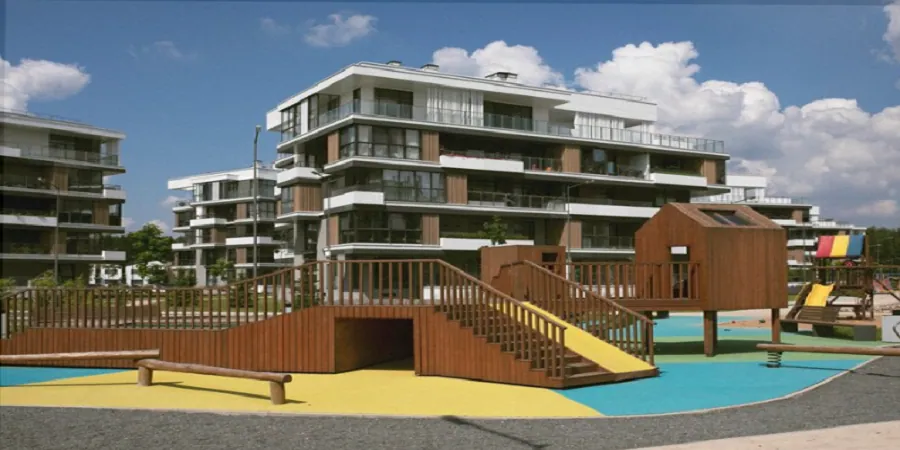
Comments